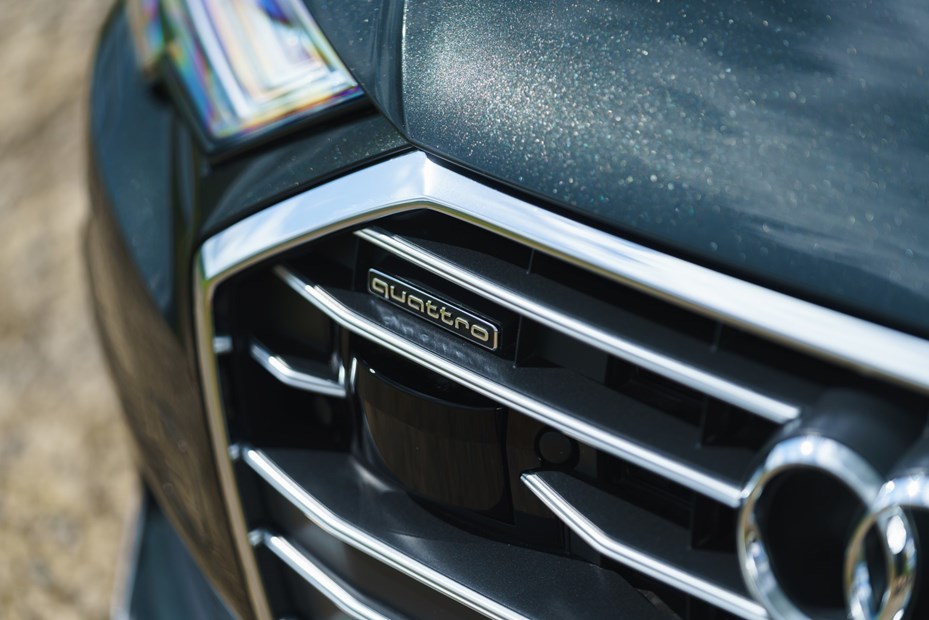All-wheel drive (AWD) is a driver aid system that sends power to all four wheels but automatically manages the delivery depending on the level of surface grip. While cruising along a motorway, an AWD system will automatically divert most of the power to one set of wheels for fuel efficiency with good grip. Once it detects a change in surface condition, however, it will divert power more evenly to all four wheels to maximise traction and control.
AWD is often found in small SUVs or family crossovers for improved off-road ability and stability in all weathers. It’s a useful system to have onboard but for hardcore off-roading, AWD falls short of the four wheel drive (4WD) systems found in larger SUVs – so how do the two differ?
On this page we’ll explain the differences between AWD and 4WD, which conditions they suit best and which might be right for you.
How does AWD differ from 4WD?
With an AWD system, power is always ready to be sent to all four wheels evenly if the system deems it necessary. In this scenario, sensors within the vehicle detect which wheel has the most grip and distribute drive accordingly to maximise traction.

4WD systems require manual input from the driver to divert power to all four wheels. 4WD systems are often reserved for heavy-duty off-roaders as they evenly and consistently distribute power and torque. They’re best for traversing very rough or slippery terrain at slow speed, but once back on regular tarmac roads with good grip, having all four wheels engaged will wear the drivetrain out faster, and so should be turned off again.
Do I need AWD?
AWD works best on icy or wet public roads where higher ground clearance isn’t necessary. If you live in an area especially prone to wet or cold weather AWD can offer additional peace of mind. Your car’s ability to automatically engage all four wheels when it detects wheel spin will help to keep you on the road – and that inspires confidence, even when the conditions don’t.

In extremely fast cars, such as the Audi RS6, AWD is necessary to transmit the engine’s power to the tarmac cleanly. The latest model produces a colossal 600hp which is far too much for two wheels to handle alone, especially in damp conditions. As an added benefit for cars like this, the technology is normally fitted as standard.
Are there any drawbacks?
On more affordable cars, such as the Skoda Octavia, AWD is a costly optional extra. The additional sensors, differentials and computers to conduct the show can quickly ratchet up the price. At the time of writing, the cheapest front-wheel drive Octavia hatchback cost £24,540, while the most affordable AWD model cost £37,950.
What more, while the technology might make you feel safer on the road, the extra weight of the hardware won’t help your fuel efficiency. AWD cars are much less fuel efficient than two-wheel drive cars as the engine is being asked to power twice as many wheels. That means the engine is working harder, which means you’ll be visiting the pumps more often
If you’re worried about the infrequent occurrence of snowy weather, consider investing in a set of winter tyres instead of a costlier AWD option.









